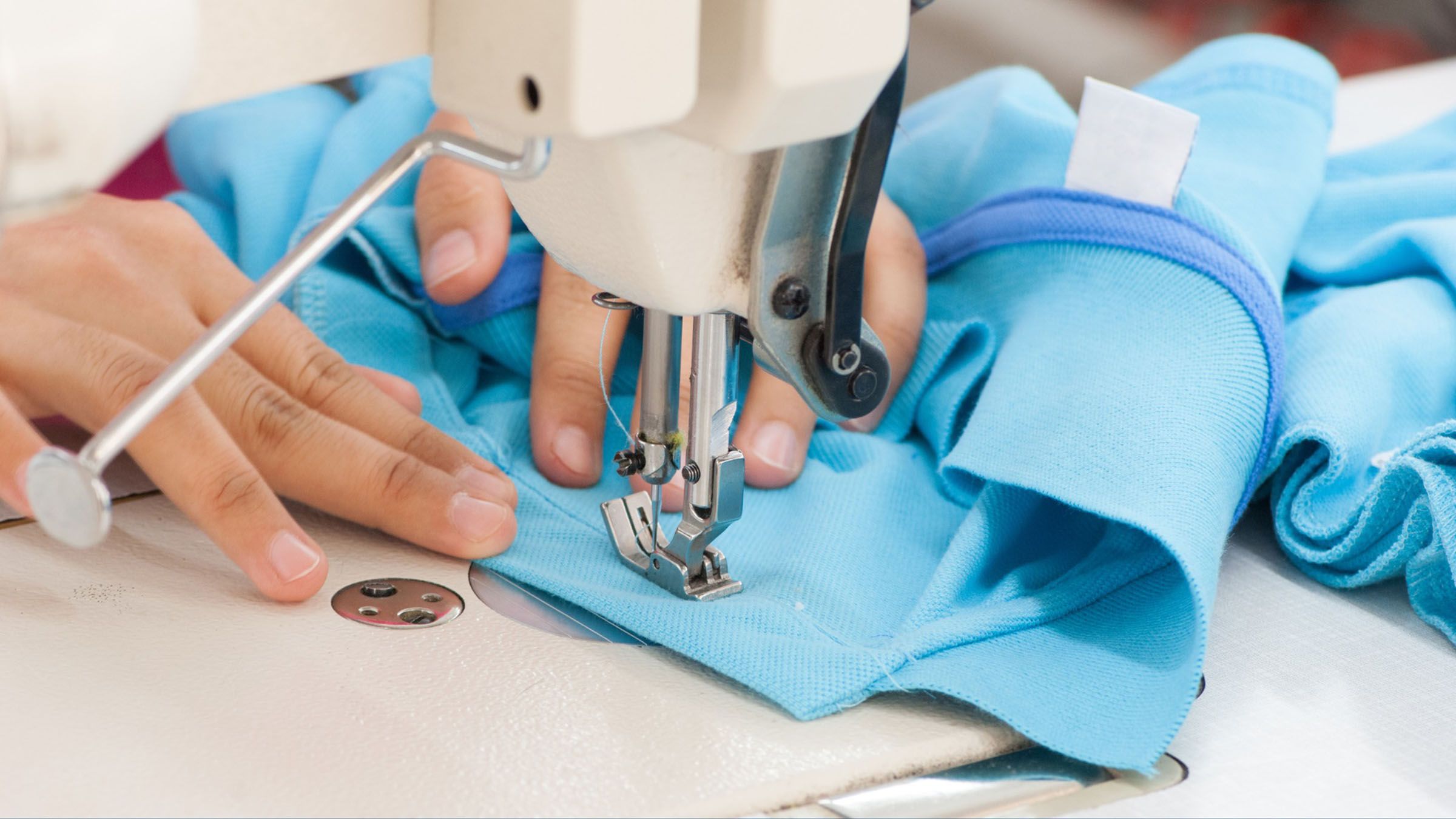Philippine garment firms should brace for more temporary closures of factories due to the declining global demand.
The Philippine garment industry is considering more temporary closures of factories in the next few months as it struggled with falling orders from overseas customers, most of whom are in the United States (US) now under the shadow of a looming recession.
Confederation of Wearable Exporters of the Philippines (CONWEP) Executive Director Maritess Jocson-Agoncillo said that this was the consequence of waiting for some firms which have operations in the provinces of Batangas and Bataan, Inquirer reported.
“What you see in Mactan, Cebu is the start, an effect of the slowdown,” she said as she referred to the developments at the Mactan Export Processing Zone in Lapu-Lapu City, Cebu, where around 4,000 workers were laid off by garment firms.
She also noted that the temporary measure aimed to ensure the survival of local garment businesses, but did not mention how long it could last, citing that its duration depends on global trends.
CONWEP officials said stores in the US, ‘the local garment firms’ main market were just not selling a lot of their products causing a buildup in their inventories.
She also clarified that around 9,450 to 10, 800 workers employed by CONWEP members are on forced leave or have been laid off.
Around 3.5 to 4 percent of the 270,000-worker base covers four sectors: apparel, shoes, bags, and textile, Business World reported.
“Currently, we are experiencing around 3.5 to 4 percent of workers affected with a base of 270,000 workers covering wearables like apparel, travel goods, and footwear. It might reach a maximum range of 8 to 10 percent if the current trend extends longer or global demand conditions worsen,” Agoncillo said.
Agoncillo emphasized that they were working with the Department of Social Welfare and Development (DSWD) to find ways to cushion the blow of these temporary measures on affected workers.
Meanwhile, the global apparel market has weakened amid the pandemic, rising inflation, supply chain disruptions, and the ongoing Ukraine-Russia conflict, Business World further reported.
“This is brought about by the current global trend wherein consumers tend to spend less, hold back on discretionary spending such as apparel and other consumer goods,” she said.
“The uncertainty of the war in East-Central Europe, rising fuel cost, the disrupted supply chain, and trepidation of another pandemic directly impacts on consumer behavior across the globe,” she added.
Further, overseas clothing brands are now reducing their order projections.
“Brands and buyers would rather move their existing inventories. This is what the wearables sector is up against, when orders are canceled midstream. Some exporter-manufacturers are struggling to maintain full operations and need to lay off workers given fewer orders and operate in lesser capacity required. Affected brands are buying less,” Agoncillo noted.
She cited that firms are looking to shift their portfolios out of the Philippines and into other Southeast Asian countries such as Vietnam, Cambodia, and Indonesia over high labor costs, logistics, and production flexibility.
Tags: #GarmentFactories, #CONWEP, #US
